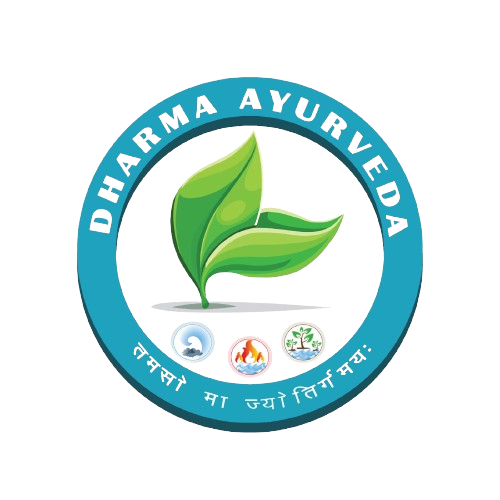Balance Your Mind, Soothe Your Pain:
Ayurvedic Relief for Migraines

Migraine
Ayurvedic treatment for migraines, on the other hand, takes a holistic approach and focuses on balancing the body’s doshas (Vata, Pitta, Kapha) through individualized herbal remedies, dietary changes, and lifestyle modifications. The nervous system can be calmed down by some essential herbs, such as Brahmi and Ashwagandha, which are used to help in reducing stress. Detoxification therapies like Panchakarma or Shirodhara can ease migraine symptoms. Migraines cause immediate pain but also target overall health as just comfortable.
Symptoms
- Throbbing or Pulsating Pain: However, it is generally situated on one side of the head but not both sides.
- Intensity: This can go from mild to severe with physical exertion making it worse most times.
- Visual disturbance: Where objects appear to shimmer, zigzag lines/ spots before eyes may occur during an attack.
- Sensory Changes: Tingly feeling or no sensation, especially in the face/hands.
- Speech or Language Problems: When you find it hard to speak or understand someone else talking
- Photophobia: Being oversensitive to light more than others.
- Phonophobia: Excessive sensitivity in hearing noises around that typically were insignificant.
Many people who get migraines experience nausea; however, vomiting also occurs among specific individuals
The feeling of lightheadedness or unsteadiness, sometimes leading to vertigo.
Severe tiredness that might not go away when headache goes
Feeling unusually irritable, depressed, or euphoric before or during a migraine.
Strong or unusual odors can induce migraines.
- Concentration Issues: Trouble with paying attention or thinking clearly.
- Memory Problems: Short-term memory problems that occur either during or after an attack
In the midst of vomiting and nausea, some individuals find themselves constipated, while others have diarrhea
- Food cravings: For certain foods, you feel like eating at random times.
- Frequent Yawning: When they yawn, it is not clear why they are doing so in excess.
- Increased Thirst and Urination: More frequent urination, together with an unquenchable thirst for water, leads to increased fluid intake by the body because of dehydration.
Neck pain accompanying a headache often consisting of tight muscles.
Process of Ayurvedic Treatment
Ayurvedic treatment for migraines is a comprehensive individualized approach to managing this chronic condition, leading to long-lasting relief and improved quality of life through natural methods.
Key Components
- Cooling, pacifying, and non-spicy food should be emphasized for Pitta dosha.
- Include fresh fruits, vegetables, whole grains, and dairy foods.
- Avoid hot, spicy, fried, and fermented stuff, along with caffeine and alcohol.
- Hydration must be ensured with water or herbal teas like coriander cumin fennel ones.
- Set a regular daily routine that helps to stabilize the body’s biological clock.
- Stress reduction activities such as yoga meditation and deep breathing exercises should be undertaken.
- Sufficient sleep is necessary while avoiding too many screens and bright lights.
- Exercise moderately without over-straining yourself much.
- Brahmi (Bacopa monnieri): Enhances mental clarity and reduces stress.
- Jatamansi (Nardostachys jatamansi): Known for its calming properties and efficacy in reducing headaches.
- Ashwagandha (Withania somnifera): Helps in managing stress and anxiety.
- Triphala: It is a combination of three fruits, namely Amalaki, Bibhitaki, & Haritaki, which helps in the detoxification & digestion process.
- Shankhpushpi (Convolvulus pluricaulis): Improves cognitive function and alleviates mental fatigue.
- Shirodhara: A treatment where warm herbal oil is poured in a steady stream on the forehead, promoting deep relaxation and balancing the mind and body.
- Nasya: Administration of herbal oils or juices through the nasal passages to clear the sinuses and relieve headache symptoms.
- Abhyanga: Full-body massage with warm medicated oils to reduce stress and improve circulation.
- Panchakarma: It comprises processes like Vamana (therapeutic vomiting), Virechana (purgation), Basti ( enema), and nasya (nasal administration of medications) utilized in comprehensive detoxification.
- The routine practice of yoga poses such as Shavasana (Corpse Pose), Balasana (Child’s Pose), and Adho Mukha Svanasana (Downward-Facing Dog) will help relieve tension and improve blood flow.
- Meditation techniques like mindfulness and guided visualization are used to reduce stress and prevent migraine triggers.

